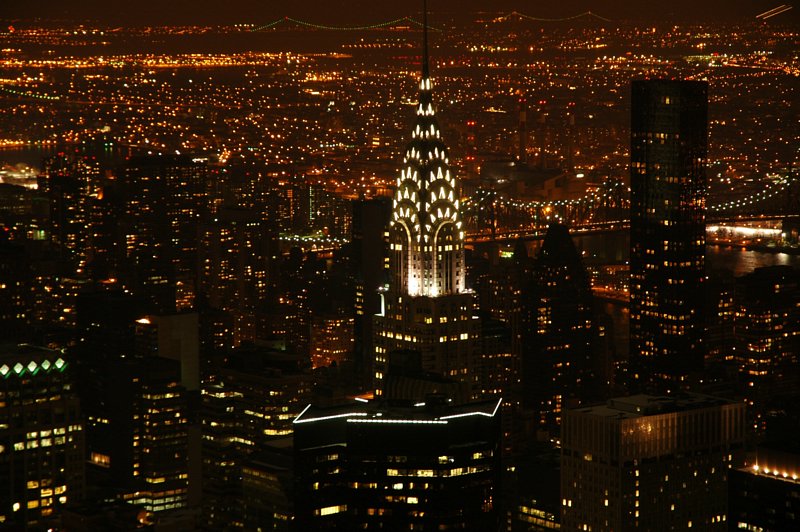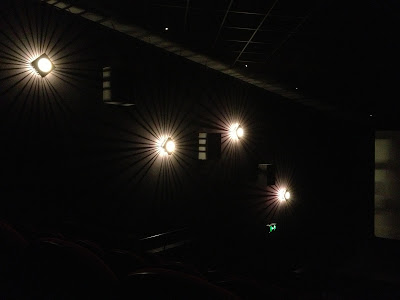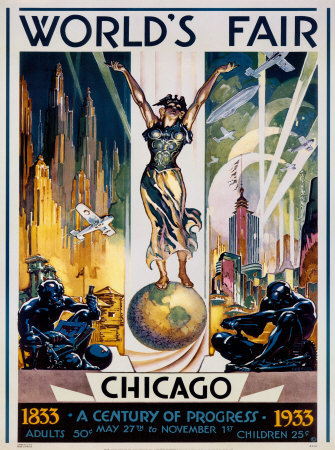As a lover
of art that can be appreciated at face value, Art Deco is a
movement that, although abstract in its design, appeals to me through its
elegant and aesthetically pleasing visuals. It's the type of art
style that I would personally adopt if I was
an architect or artist. And through research even though I have
a personal preference for Realism, I have begun to realise
the actual extent such a movement has influenced countries around
the world. This is a conclusion that has not manifested from research alone,
but with added personal experience. It’s a topic I have most enjoyed studying whilst
also finding its aesthetic qualities and origins deeply fascinating. Thus, the
topic I have chosen for the upcoming historical design essay is the Art Deco
design movement.
This is
entirely down to a lecture rich with information covering its incredible influence
and journey from the late 20’s. Whether discussing key designer and founders such
as Hector Guimard or Raoul Lachenal or researching its cultural impact and bias
toward to elite, its rise, fall and eventual resurgence defines a generation
and in doing so, has developed an indistinguishable character that cannot be understated.
It is this incredible journey, culture and identifiable aesthetics are what
appeal to me and prompt me to delve deeper into its history and influences.
KEY RESEARCH AREAS AND MATERIALS
In preparation
for this assignment, I have gathered a variety of valuable and legitimate
research sources to broaden my understanding of the Art Deco design movement.
These sources cover areas such as;
- The History of Art Deco
- The Key Designers of Art Deco
- The Cultural Identity of Art Deco
- The Inspiration of Art Deco
- Art Deco in Today’s Society
With these topic
areas in mind, I believe I can cover the entirety of the Art Deco movement,
from where it came from, who influenced its cultural progression, to where it
was and where it is now. With this comprehensive list of areas, I have managed
to gather resources from various source types such as book, documentaries,
online article and images. Key resources that deserve mentioning are;
1. Eva
Weber, E. W. (2003) Art Deco. JG Press. Link.
2. BBC
(2009) Glamour’s Golden Age. Link.
3. BBC
(2007) Art Deco (c. 1908 to 1935). Link.













